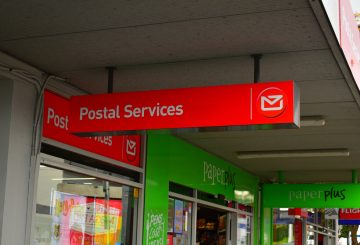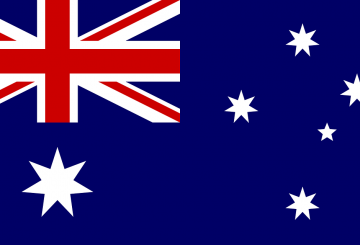Cùng với Hàn Quốc một số quốc gia, bao gồm, Úc và Thái Lan đang cho phép du lịch quốc tế.
Hàn Quốc cũng đang mở một số nơi công cộng vì các quận khác vẫn bị đóng cửa do Covid-19.
Mặc dù tỷ lệ chủng ngừa đang tăng, biến thể Delta đã tìm đường vào Úc mặc dù kiểm soát biên giới nghiêm ngặt. Công dân của đất nước muốn trở về có thể làm như vậy mà không cần phải kiểm dịch mà đang tạo ra nhiều đoàn tụ vui vẻ tại các sân bay trên khắp nước Úc.
Những hạn chế du lịch ở New Zealand sẽ được dỡ bỏ, điều này có nghĩa là du khách từ Tonga và Samoa sẽ có thể vào đất nước mà không cần cách ly.
Các biện pháp mới đã được thực hiện tại Hàn Quốc khi chúng chấp nhận chiến dịch “Living with Covid-19”. Các lệnh giới nghiêm cho các nhà hàng và quán cà phê sẽ được dỡ bỏ và các địa điểm thể thao bây giờ có thể mở ra một nửa công suất. Hộ chiếu vắc-xin hiện đang được yêu cầu cho các quán bar, câu lạc bộ đêm và phòng tập thể dục.
Thái Lan, một quốc gia dựa vào du lịch cho nền kinh tế của mình sẽ mở cửa lại cho những du khách được tiêm chủng từ hơn 60 quốc gia mà chính phủ cho rằng, “rủi ro thấp”. Chúng bao gồm Hoa Kỳ, hầu hết châu Âu và Trung Quốc.
Liên Hiệp Quốc đã ước tính ảnh hưởng của đại dịch đối với du lịch là 4 nghìn tỷ USD.




























































